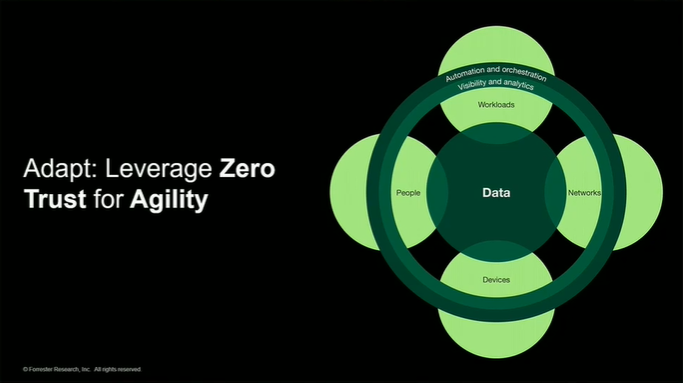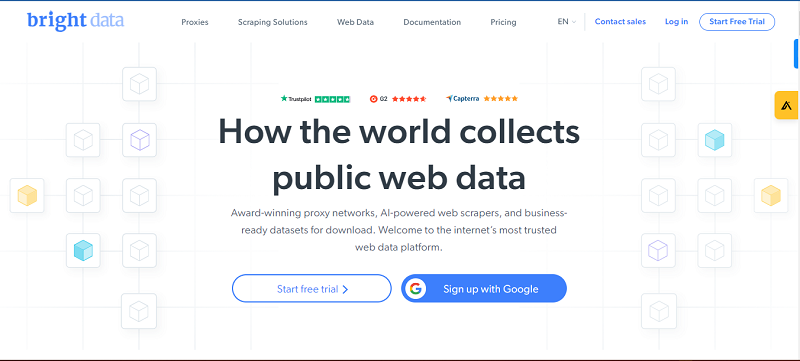Organizations have been flocking to cloud infrastructure services in an effort to cut IT costs while capitalizing quickly on technology innovations. The driving force is almost always the desire for flexibility, scalability and efficiency. And the cloud generally delivers on this promise with its foundation of virtualization, automation and orchestration. But, just a few short years into the cloud revolution, new options have popped up in response to high-performance workloads that can put stress on traditional, virtual clouds.
Performance degradation can occur, stemming from the introduction of a hypervisor layer and the multi-tenant nature of virtualized public cloud platforms. While the hypervisor enables the visibility, flexibility and management capabilities required to run multiple virtual machines on a single box, it also creates additional processing overhead that can significantly affect performance. The performance limitations caused by the hypervisor don’t negatively impact every application; however, for application architectures demanding higher levels of data throughput, this layer, along with the multi-tenant design of virtualized cloud environments can be constraining, particularly if there is “oversubscription.” When too many virtual machines compete for server resources, they become “noisy neighbors,” restricting I/O for data-intensive workloads, and resulting in an inefficient use of physical resources.
The bare-metal cloud has emerged as a way to complement virtualized services with a dedicated server environment that eliminates the overhead of virtualization without sacrificing the flexibility, scalability and efficiency benefits of the cloud. Bare-metal servers do not run a hypervisor, are not virtualized, and can be delivered via a cloud-like service model. This balances the scalability and automation of the virtualized cloud with the performance capabilities found in monthly dedicated server hosting plans. The hardware is fully dedicated to the customer, including any additional storage that may be required. Bare-metal instances can be provisioned and decommissioned via a web-based portal or API as needed, providing access to high-performance dedicated servers on demand. And, depending on the application and use case, a single bare-metal server can often support larger workloads than multiple, similarly sized VMs.
It’s important not to confuse true bare-metal cloud capabilities with other, related terminology, such as “dedicated instances,” which can still be part of a multi-tenant environment; and “bare-metal servers,” or “dedicated servers,” which could refer to a managed hosting service that involves fixed architectures and longer-term contracts. A bare-metal cloud model enables on-demand usage and metered hourly billing with physical hardware that was previously only sold on a fully dedicated basis.
High-performance, bare-metal cloud functionality is ideal for operations where there is a need to perform short-term, data-intensive functions without any kind of latency or overhead delays. In the past, organizations couldn’t put these workloads into the cloud, or they simply had to accept lower performance levels. Two examples of use cases that are ideal for bare-metal cloud are media encoding and render farms, both of which need to perform periodic, data-intensive operations.
Media encoding is used for one of today’s most popular types of websites – those with user-generated content, such as social networking and video sharing sites. When a user uploads a video, it must be transcoded into a common format that is viewable by site visitors. The transcoding software for audio and video is processor-intensive and if it’s located on the same machine as the web server or used in a multi-tenant environment, this can impact performance. Bare-metal cloud removes the performance lag and also delivers the flexibility to ramp up on-demand during the transcoding periods and then immediately scale back down during downtime, so there are no wasted resources.
In the case of render farms, many commercial 3D animation and CAD software applications support a “render farm” mode, where a regular desktop workstation can be turned into a node in a rendering cluster. This is often used by animation companies to develop media assets during the day and to process their files after hours. With bare-metal cloud, a designer could maintain a single, always-on “master” node to submit rendering jobs. The master node would then interact with other hardware nodes for processing the individual frames that need to be rendered. These hardware nodes could be provisioned by design staff as needed to process large or small jobs; or, the master node software could be adapted to provision additional instances as needed through a provisioning API.
Big data applications are also ideal candidates for bare-metal cloud. While running big data in traditional public cloud environments has generated quite a bit of buzz, the reality is that the disk I/O of virtualized cloud servers may not be able to keep up with the high volume, high velocity data. Based on internal benchmark assessments, Internap has found that bare-metal cloud can provide up to five times the performance of a similarly-sized virtualized public cloud (and up to 48% more cost-efficiency.)
Additionally, organizations that have rigorous compliance guidelines can benefit from the bare-metal cloud. Companies in industries like finance, Government and healthcare must adhere to strict policies regarding how data is stored, managed and shared. In these cases, shared infrastructure creates a level of uncertainty, and a bare-metal cloud can provide the necessary control over data location and keep it segregated within a well-defined, secure physical environment.
Bare-metal and traditional, virtualized clouds are not competitors. They are simply different branches of IaaS technology that allow customers to meet a wide range of workload and application requirements.
In fact, establishing a mixed cloud environment is often an ideal approach. With this setup, companies can choose, on an individual basis, how to best support each of their core applications and services, thereby reducing capital costs, maximizing operational efficiency and establishing a foundation for innovation through adaptable hosting models.
The definition of IaaS extends beyond the virtualized cloud and is still evolving to meet different business needs. High-performance computing applications have created a demand for dedicated hosting options with cloud-like features; and the bare-metal cloud has emerged as a new way to meet these demands.
By Gopala Tumuluri





